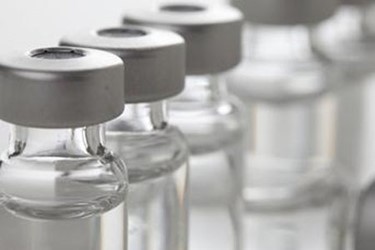ISPE SMEPAC Guidelines Driving High Potency Facilities And Equipment
By Michael Avraam, Global Product Manager at ChargePoint Technology

Indeed, the containment solution market is expected to grow rapidly by 2020 and with this increasing need for high potency handling capabilities, more advanced control strategies in HPAPIs are vital to both the quality of final products and critically operator safety.
We have already witnessed the market diversify with technologies such as isolators, restricted access barrier systems (RABS) and split butterfly valves (SBVs) now in use to safeguard drug products and operators throughout the manufacturing process. Closed transfers, such as the use of SBV, are growing in popularity as they limit manual intervention, reducing the risk of cross contamination and limiting the presence of airborne dust particulate to meet operator safety targets.
ISPE SMEPAC Guidelines
The increase in drug manufacturing using HPAPIs means that pharmaceutical manufacturers are having to invest in high potency facilities and equipment to deal with the associated risks, and these have to be implemented and validated. For example, before a manufacturer can implement a new control device within its process, it should be assessed in line with the International Society for Pharmaceutical Engineering’s (ISPE) Standardised Measurement of Equipment Particulate Airborne Concentration (SMEPAC) guideline for its particulate containment performance. This is a guide to demonstrate how the containment device will perform as part of a laboratory condition test, not in a particular process in a real-world manufacturing environment.
Get unlimited access to:
Enter your credentials below to log in. Not yet a member of Pharmaceutical Online? Subscribe today.
